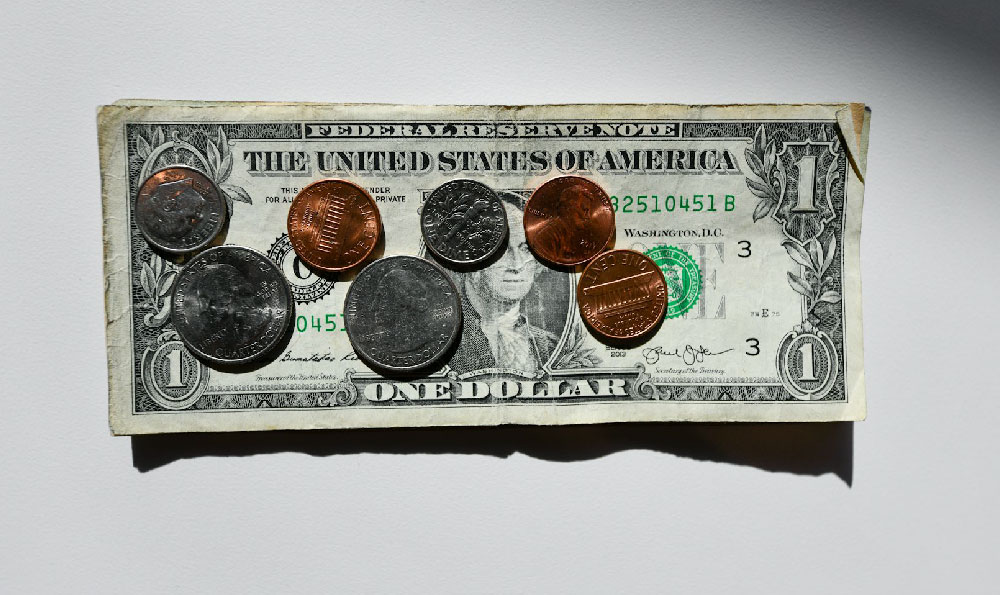Subscription Raffle Monetization Strategies

Subscription raffle monetization strategies have emerged as a compelling method for businesses to blend the allure of exclusivity with the predictable revenue of recurring models. This hybrid approach leverages the psychological pull of randomized rewards while maintaining the financial stability of subscriptions, creating a win-win scenario for both operators and consumers. At its core, a subscription raffle operates on the principle that users pay a regular fee to enter a pool of participants, with winners selected at random. Unlike traditional lotteries, which often require one-time payments, subscription raffles sustain engagement through continuous contributions, allowing companies to tap into long-term customer relationships while generating periodic excitement. This model is particularly effective in industries where user retention is critical, such as streaming platforms, SaaS, and premium content providers. By attaching the chance of winning a prize to a subscription commitment, businesses can incentivize sign-ups, reduce churn, and create a sense of community around their offerings.
One of the most straightforward ways to monetize a subscription raffle is to offer tiered subscription packages that correspond to different prize levels. For example, a lower-tier plan might grant users a basic chance to win a small gift, while higher-tier subscriptions could unlock access to exclusive rewards or experiences. This structure not only maximizes revenue per user but also allows for personalized value propositions. A streaming service might introduce a "Premier Access" subscription that gives customers a chance to win a free year of premium membership, while a food delivery app could reward users with a discount on their favorite meal for subscribing to a loyalty program. By aligning subscription tiers with prize potential, businesses can create a clear path for customers to invest more in exchange for greater rewards, fostering a culture of incremental engagement.
Another strategy involves incorporating subscription raffles as a marketing tool to drive customer acquisition and retention. These promotions can be seasonal or event-based, such as annual sweeps during holidays or exclusive contests tied to product launches. For instance, a digital wellness platform might offer a free subscription to a high-profile instructor as a prize for signing up for their monthly wellness challenge. Similarly, a video game company could host a quarterly raffle where players receive a chance to win a premium game pass by subscribing to their service. This not only generates buzz but also encourages users to commit to recurring payments, creating a steady stream of income. The key to success lies in ensuring that the raffle remains fair and transparent, as perceived unfairness can damage trust and drive customers away.

Scalability is another critical factor in subscription raffle monetization. By leveraging automation, businesses can efficiently manage large raffle pools without compromising the integrity of the process. For example, a SaaS company can use digital tools to track user activity and allocate prizes based on predefined criteria, such as monthly usage or referral performance. This approach reduces manual intervention and ensures that the raffle remains consistent, even as the user base grows. Additionally, automation allows for real-time updates, keeping participants informed about their chances and the status of the raffle. Businesses can also integrate subscription raffles into their app or website, creating a seamless experience that enhances user satisfaction and encourages long-term commitment.
The integration of data analytics further optimizes subscription raffle strategies. By analyzing user behavior and preferences, companies can tailor prizes to resonate with their audience, increasing the likelihood of participation. For instance, an e-commerce business might use customer purchase history to offer a chance to win a product that aligns with their interests. Similarly, a podcast platform could reward users with a curated playlist or exclusive episode based on their listening habits. This level of personalization strengthens the connection between the customer and the brand, making the subscription feel more valuable. Moreover, data-driven insights allow operators to refine their raffle rules over time, ensuring they remain competitive and effective in retaining users.
Beyond financial gains, subscription raffles can foster brand loyalty through unique experiences and community-building. By offering rare or exclusive prizes, such as personalized consultations, VIP access, or limited-edition items, businesses can create a sense of value that transcends the monetary aspect. For example, a fintech company might reward a monthly subscription by providing an individualized financial review from a certified advisor, while a music streaming service could offer a chance to attend a private concert for subscribers. These experiences can transform ordinary users into advocates, as they feel more connected to the brand's mission and offerings. Additionally, the random nature of the raffle encourages ongoing participation, as users remain hopeful about future wins.
To maintain the effectiveness of subscription raffles, businesses must strike a balance between risk and reward. While offering high-value prizes can attract more participants, it also increases the potential for dissatisfaction if winners are not selected fairly. Therefore, operators should implement transparent mechanisms for determining winners, such as publicly available algorithms or third-party audits. This ensures that the process is perceived as legitimate, even if the prize pool is smaller. For instance, a fitness app might attach a $100 gift card to a monthly subscription, but use a randomized system to select winners, avoiding any appearance of bias. By prioritizing fairness, businesses can preserve the integrity of the raffle and build lasting trust with their audience.
Finally, the legal framework surrounding subscription raffles cannot be overlooked. Operators must ensure their offers comply with local and international regulations, particularly in regions with strict gambling or advertising laws. This includes providing clear terms and conditions, ensuring that prizes are not so valuable as to constitute a lottery, and addressing tax implications for both the business and the winners. For example, a company might need to report raffle proceeds as revenue and deduct the value of prizes for tax purposes, while also ensuring that the participation fee is not too high. These considerations are essential for sustaining the long-term viability of subscription raffles, allowing businesses to focus on growth while remaining compliant with regulatory standards.
In conclusion, subscription raffle monetization strategies offer a creative solution for businesses to diversify their revenue streams while enhancing user engagement. By carefully designing tiered packages, leveraging automation, integrating data analytics, and fostering brand loyalty through unique experiences, companies can create a sustainable model that benefits both their bottom line and their customer base. However, success hinges on maintaining transparency, fairness, and legal compliance, ensuring that the raffle remains a trusted and effective tool in the broader context of business growth.















